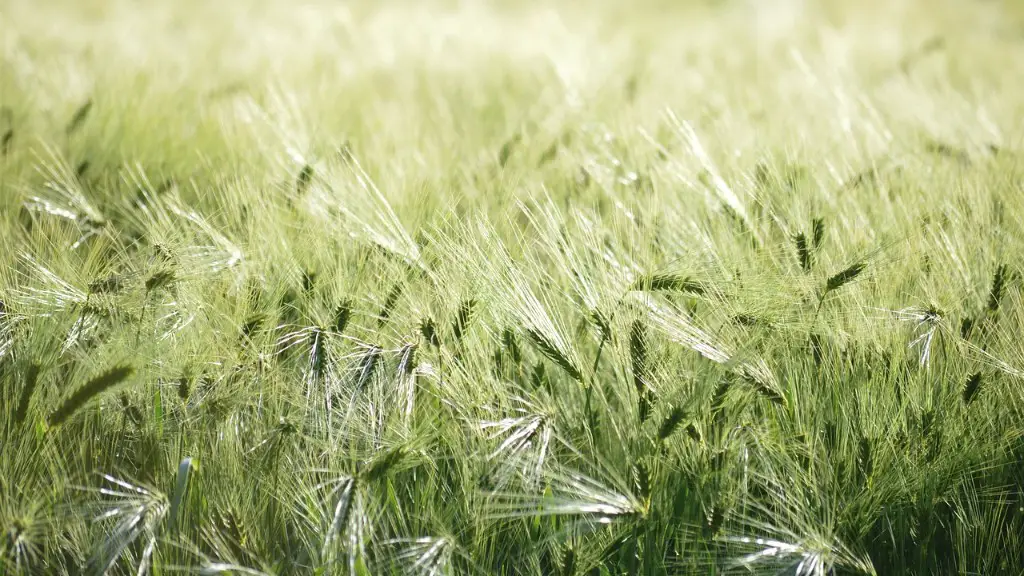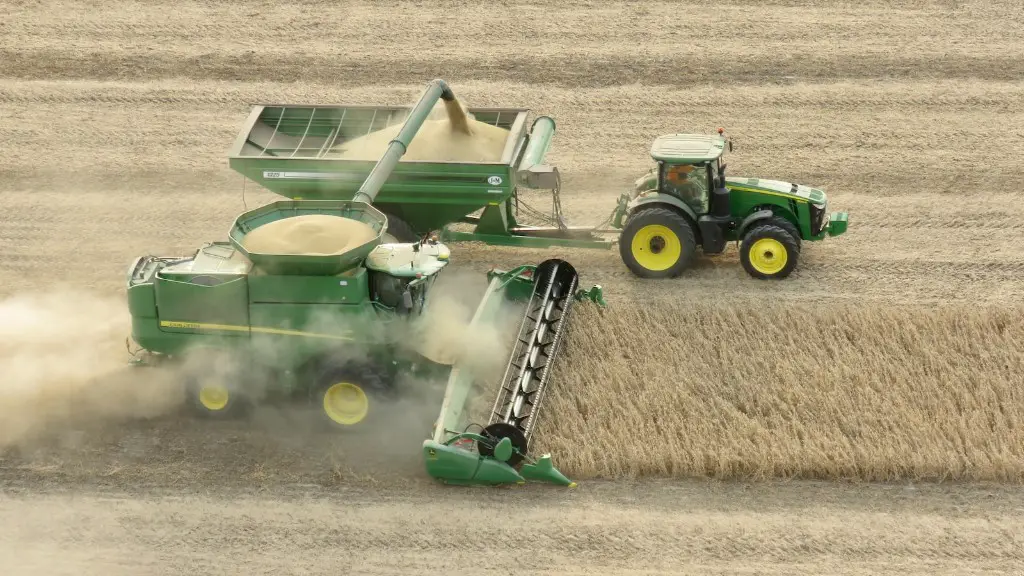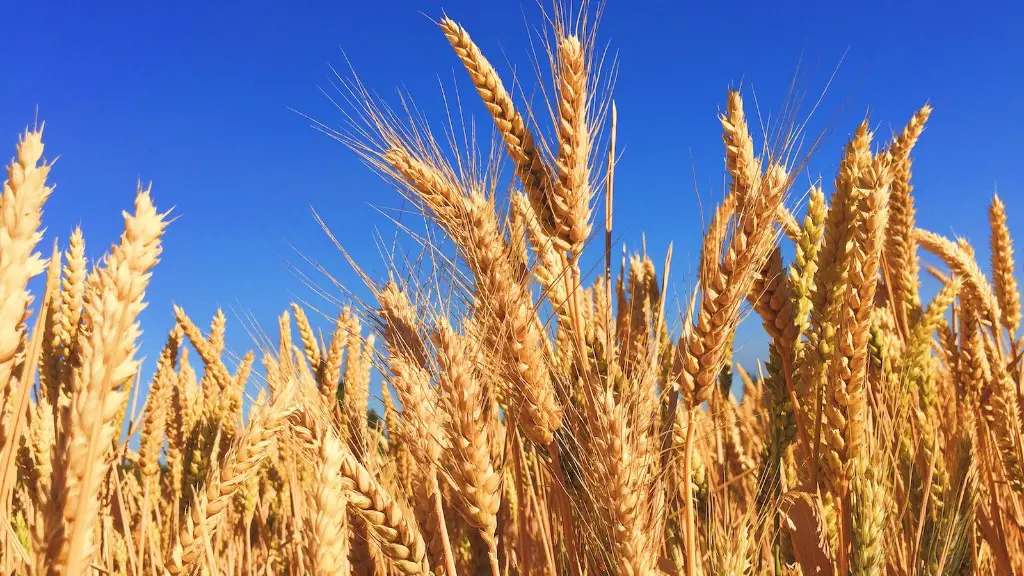The Enclosure Movement was a period of time in England when land that was traditionally open to the public for grazing and other uses was enclosed by fences or walls. This change in the way land was used had a major impact on agriculture in England.
The enclosure movement was a series of land reforms that took place in England between the 15th and 19th centuries. The movement saw the decentralization of common land and the privatization of land ownership. This had a profound effect on agriculture in England, as it ushered in a new era of large-scale commercial farming. The enclosure movement also led to the displacement of many rural workers, as they were no longer able to access common land for grazing or hunting.
How did the enclosure movement affect agriculture in England?
Enclosure was a system where farmers could claim ownership of land and fence it off for their own use. This system led to increased agricultural productivity, as more land was brought into effective agricultural use. It also brought considerable change to the local landscape, as enclosure transformed the open fields into a patchwork of small fields.
The enclosure movement was a key development in British agriculture, leading to improved long-term land investments and the development of crop rotation practices to improve soil fertility. However, the movement also led to increased control of land by the richer landowners, exacerbating inequality in Britain.
What was the result of the British enclosure movement
On the one hand, enclosure deprived many peasants of their sole means of subsistence and forced them to seek work in the towns and cities. On the other hand, the enclosure of common land resulted in the productivity gains that many historians believe were a prerequisite for the industrial revolution.
The Enclosure Acts were a series of laws passed in England in the 18th and 19th centuries that ended the traditional open-field system of farming in England. This system had allowed peasants and lords to own and use common lands and wastelands for centuries, but the Enclosure Acts stripped them of these rights and privatized the land. This had a profound impact on the agricultural industry in England, and led to the rise of large-scale, commercial farming.
What were the effects of the Enclosure Movement on farmers?
The enclosure increased the amount of food produced and the food supply. The enclosure allowed the continuation of innovations and inventions to help increase food production. The land was used more efficiently. The decisions on what crops to plant were not made communally as like in the village method. This allowed for a more efficient and effective food production system.
The Enclosure Movement was a major cause of the population explosion that occurred in the 1700’s. This was because it caused many farmers to give up their land and migrate to urban areas. This, in turn, led to a massive increase in the population of urban areas.
What were the Enclosure Acts in the agricultural revolution?
The Enclosure Acts were passed by the British parliament in the 1700s in order to allow the common areas to become privately owned. This led to wealthy farmers buying up large sections of land in order to create larger and more complex farms.
The rich peasants in Britain benefited greatly from the enclosures. They were able to make long-term investments on land and plan crop rotations to improve the soil. Enclosures also allowed the richer landowners to expand the land under their control and produce more for the market thus earning profits.
What did the enclosure movement lead to
The Enclosure Movement was a series of actions taken by landowners to enclose public lands for their own use. This had a profound impact on English society and the economy. While it did increase profits and productivity in agriculture, it also left poorer farmers without the resources to grow their crops and feed their animals. This led to increased poverty and social unrest. The Enclosure Movement fundamentally changed England’s society and economic system.
The enclosure movement was a movement in England during the 18th century that saw the fencing off of previously communal land in order to increase efficiency in agriculture. This had two important results. First, landowners experimented with new agricultural methods. Second, large landowners forced small farmers to become tenant farmers or to give up farming and move to the cities.
How did the enclosure movement lead to the development of improved technology in agriculture?
The enclosure movement led to improved technology in agriculture as farmers were able to try new methods without having to get permission from other villagers. This allowed for innovation and the development of more efficient farming methods.
The primary reason for enclosure was to improve the efficiency of agriculture. However, there were other motives too, one example being that the value of the land enclosed would be substantially increased. There were social consequences to the policy, with many protests at the removal of rights from the common people.
How did the enclosure movement lead to conflict with farmers
The enclosure movement was a practical way to organize land among wealthy landowners, but it also had a negative impact on peasant farmers. It caused massive urbanization as many farmers were forced to give up their shares of the land to wealthy landowners and move into the cities in search of work. This led to overcrowding and poverty in the cities, and many farmers were unable to find work that paid enough to support their families. The enclosure movement also had a negative impact on the environment, as it led to the clearing of large tracts of land for farming. This caused soil erosion and decreased biodiversity.
The process of enclosure began in England during the 14th century. Although enclosure had been practiced earlier in continental Europe, it was not until the great wave of enclosure in England in the 16th and 17th centuries, sometimes called the second enclosure movement, that the practice became widespread. Reasons for this expansion of enclosure have been much debated. The most commonly cited include the following: the effects of the Black Death in the mid-14th century, which greatly reduced the rural labour force and therefore the demand for land; the growth of a money economy and the consequent rise in rents; and the change from a grain- to a livestock-based economy, which required larger pastureland. Another important factor was the increasing use of common land for fuel, chiefly for firing the kilns of the burgeoning brick and tile industry.
What is enclosure agriculture?
The practice of enclosure, or dividing up land into smaller pieces that belong to one person, has led to an increase in poverty. This is because people who once owned large open fields are now left with smaller, enclosed pieces of land. Enclosure came about as a result of the development of farming techniques, and it has had a negative impact on many people.
The agricultural revolution was a time of great change for farmers. They developed new techniques for farming, including the use of crop rotation. This allowed them to intensify their agricultural output, and produce more food for their families and communities.
Conclusion
The enclosure movement was a series of land reforms in England that began in the 18th century and continued into the early 19th century. The enclosure movement was a response to the growing population and the consequent demand for more food. The movement resulted in the consolidation of small, scattered parcels of land into larger, more productive farms. This increased the efficiency of agriculture and helped to spur the Industrial Revolution.
The enclosure movement was a crucial turning point in English agriculture. It changed the agricultural landscape from one of small, self-sufficient farms to one of large, specialized farms. The enclosure movement also changed the way that farmers interacted with the land, as they now had to fence in their fields and protect their crops from other animals.




